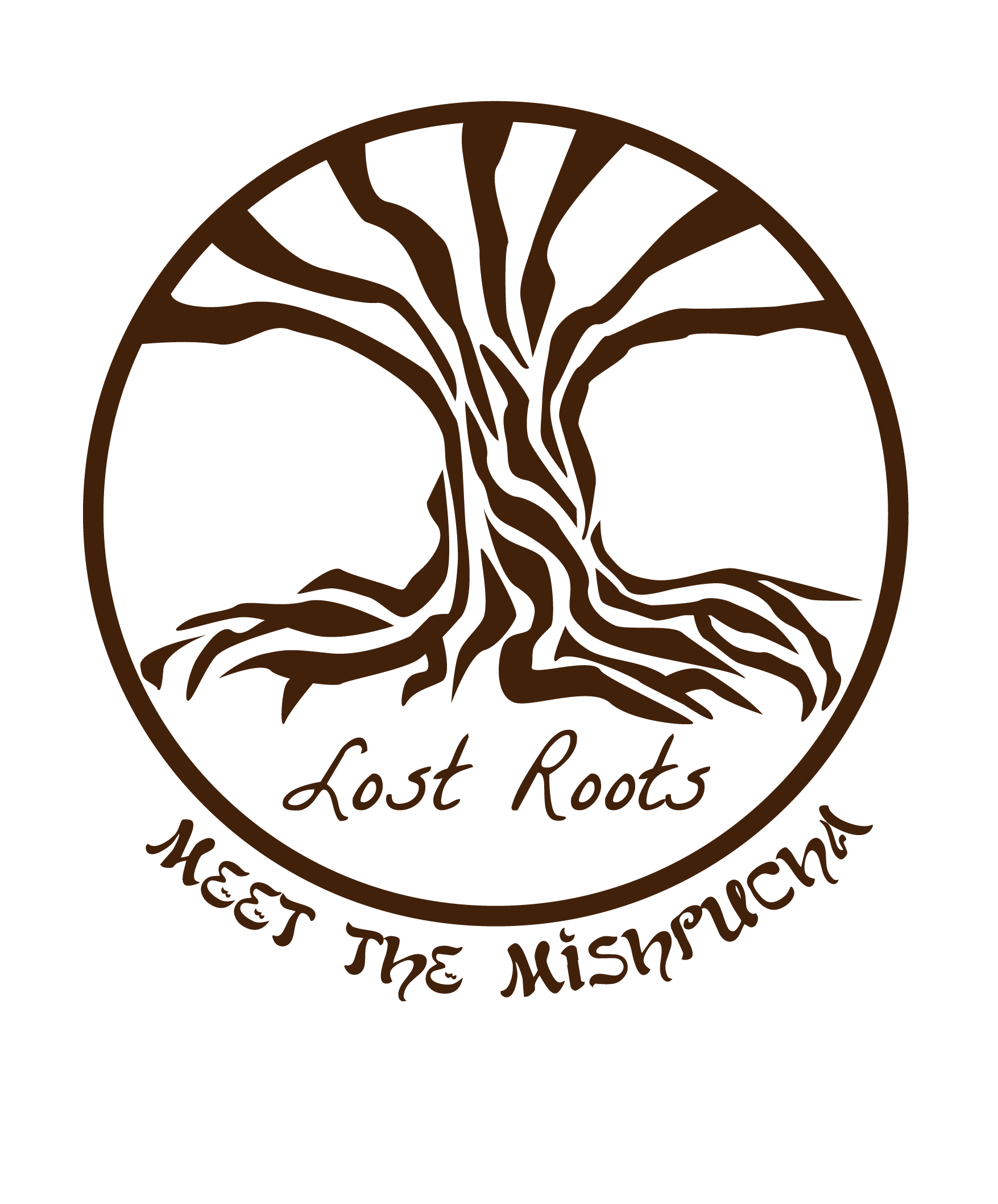Ukraine - Introduction
Unlike many other countries in Eastern Europe, Ukraine came into being relatively recently out of a variety of historical territories. In historical times, the lands comprising modern-day Ukraine were distributed among several European empires. During its long history, parts of Ukraine have been controlled by the Russian, Austro-Hungarian, and Ottoman Empires. The three imperial governments maintained different policies and regulatory frameworks, including for their Jewish populations.
Because of this, the types and availability of genealogical records, modern research tools, government archives, and broader historical context will all vary widely based on which specific region of Ukraine your ancestors came from. To be able to properly research your Jewish family from Ukraine, it is important to first understand the formation of Ukraine from its constituent historical components.
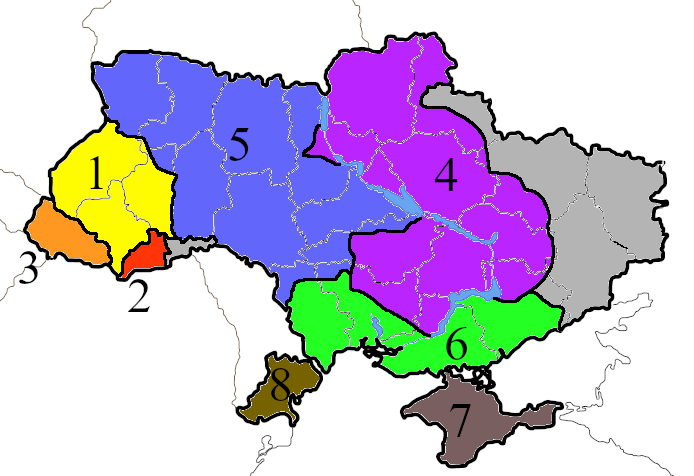
Austrian Ukraine
Galicia (1)
Beginning in 1772, Austria, Prussia, and Russia conspired to take territories from the Polish-Lithuanian Commonwealth. Termed the Partitions of Poland, the division of what had previously been a cohesive community into three distinct empires marked a watershed moment in the history of Eastern European Jewry. The portions of Poland taken by Austria in 1772 became the province of Galicia. While Jews had lived in Austrian-controlled lands for centuries, the acquisition of Galicia brought Austria its largest Jewish population by far. Today, half of this historic region lies within Ukraine.
If your family came from this region, please go to my section about researching Jewish families from Galicia.
Bukovina (2)
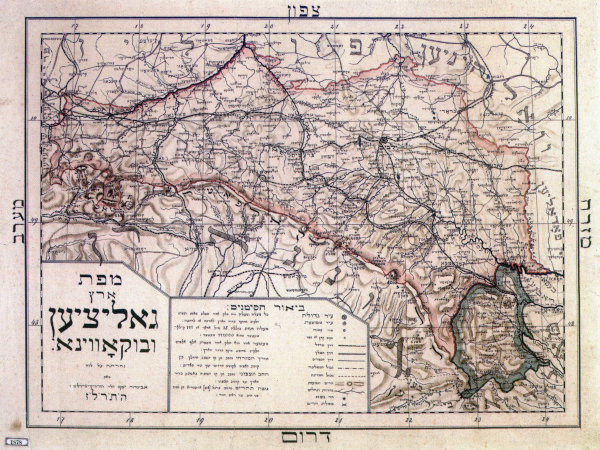
Unlike Galicia, Bukovina had never been a part of Poland. Instead, it was historically administered as the northwestern part of Moldavia, one of two vassal states of the Ottoman Empire which would later combine to form Romania in 1859. (Note: Moldavia is not to be confused with the modern country of Moldova.) Following wars between various Western powers and the Ottoman Empire, Bukovina was annexed to Austria in 1775, becoming the empire’s easternmost province. For its first decade under Austrian rule, the region was administered as a closed military district.
For more than half a century from 1787 to 1849, and again briefly in the early 1860s, Bukovina was formally attached to Galicia. At other times in the nineteenth and early twentieth century, it maintained its status as a separate province. Although sometimes separate from one another, the two eastern provinces came to share important economic and political ties. Furthermore, to encourage development and settlement in this imperial border region, the Austrian authorities reduced taxes and economic restrictions on Jews who settled in Bukovina. For these reasons, many Jewish families from Galicia migrated here during the nineteenth century.
Following the collapse of the Austrian Empire near the end of World War 1, a power vacuum led to the Ukrainian People’s Republic, one of the emerging regional political entities, taking control of the area. However, Bukovina was invaded by the Kingdom of Romania in November 1918 and remained a part of Romania throughout the interwar period. During the opening days of World War 2 the former Bukovina was invaded by the Soviet Union, while in the postwar era it was split between the Soviet Union and Romania. Since 1991, the former Soviet portions of Bukovina have been a part of independent Ukraine.
Zakarpatska (3)
Like Bukovina, Zakarpatska is one of the few regions of western Ukraine never to have been part of Poland. This area, in the southwestern part of the country, was historically part of Hungary—itself incorporated later into the Austro-Hungarian Empire. During the interwar period following the empire’s dissolution, Zakarpatska became part of Czechoslovakia; it was annexed to the Soviet Union following World War 2. Prior to the Holocaust, Zakarpatska was a heavily Jewish region. Like all other historical regions described on this page, Zakarpatska became part of independent Ukraine following the Soviet Union’s dissolution in 1991.
Russian Ukraine
“Little Russia” (“Malorossiya”) (4)
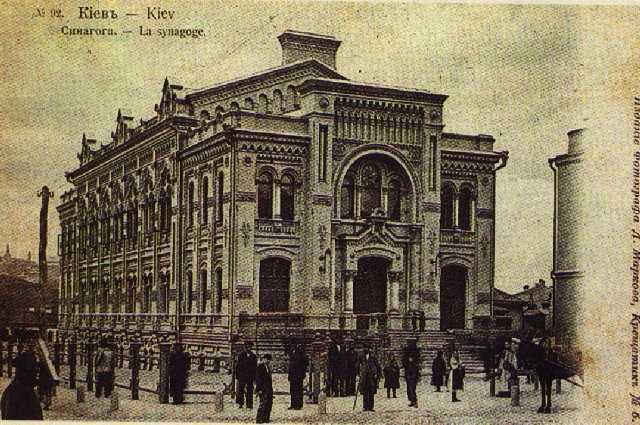
In the late Middle Ages, much of today’s central and eastern Ukraine was part of the Duchy of Lithuania. In 1569, Poland and Lithuania merged with one another to form the Polish-Lithuanian Commonwealth, which became one of the largest and most powerful countries in Europe. As part of the merger, large tracts of today’s Ukraine were transferred from the Grand Duchy of Lithuania to the Kingdom of Poland, each of which having retained distinct identities within the binational Commonwealth.
In the 16th and 17th centuries, these areas of today’s Ukraine encompassed vast magnate estates and private towns owned by Polish aristocracy. Held by absentee landlords, many of these estates were administered by Jews, who had historically been welcomed in large numbers by Polish and Lithuanian kings. Many Jews in these areas came to function as intermediaries between the local peasantry and Polish landholding aristocrats.
In the mid-seventeenth century, Bogdan Khmelnitsky led an uprising against Polish rule. As part of his rebellion, Khmelnitsky viciously targeted local Jews, blaming them for the Ukrainian peasantry’s poverty. In the ensuing violence, tens of thousands of Jews were murdered and entire Jewish communities were decimated. By the end of the violence, few if any Jews remained.
Following Russo-Polish War of 1654-1667 and the final peace treaty in 1686, the easternmost region of the Polish-Lithuanian Commonwealth, including the city of Kyiv and much of today’s central and eastern Ukraine, was transferred from Poland to Russia. The area came to be known as “Malorossiya” (“Little Russia”) by Russian imperial authorities. Following the territory’s transfer to Russia, Jews were not permitted to return for a century and a half until the 1790s.
In the nineteenth century, much of this region became a part of the so-called Pale of Settlement, the portion of the Russian Empire in which Jews were legally allowed to reside. Malorossiya remained part of the Russian Empire until its dissolution in 1917, then was integrated into the Soviet Union. Like all other areas discussed on this page, it joined an independent Ukraine in 1991 on the Soviet Union’s dissolution. Backed by Russia, separatists in part of the area declared independence in 2014 and launched a civil war. Much of the fighting during the current Russo-Ukrainian war is taking place here.
Russian Polish Partitions (5)
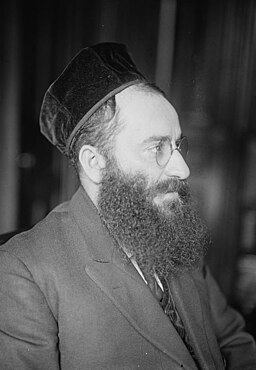
Like Malorossiya, much of central-western Ukraine had been part of Lithuania, and from 1569 the Polish-Lithuanian Commonwealth. In 1686, following the Khmelnitsky Uprisings and the Russo-Polish War, the easternmost regions of Poland-Lithuania were broken off and attached to Russia. While the city of Kyiv and areas further east became part of Russia (see Malorossiya, above), the western part of the affected region remained Polish. Unlike the case in Malorossiya, Jews returned to this formerly heavily Jewish region, reestablishing a sizable presence there by the middle of the 18th century.
In the late 18th century, Austria, Russia, and Prussia all took territory of the Polish-Lithuanian Commonwealth following successful wars of conquest. The so-called Partitions of Poland took place in a series of three stages. In the first partition (1772), Austria took Galicia, Prussia took northwestern portions of Poland, and Russia took areas that are now in northeastern Belarus. Another partition took place two decades later in 1793, while the final one in 1795 ended the existence of Poland and Lithuania as political entities.
The area of today’s central-western Ukraine was annexed to Russia as part of the 1793 and 1795 partitions. As a consequence of the incorporation of large amounts of formerly Polish and Lithuanian territories, Russia for the first time found itself with a sizable number of Jewish inhabitants. An entire legal framework was soon created to manage this Jewish population. Ultimately, the areas of center-western Ukraine (along with today’s Belarus and Lithuania) were delimited by Tsar Catherine the Great into an area known as the Pale of Settlement. With a few exceptions, Jews were restricted by law from residing in, or even entering, areas further east than the Pale.
As with Malorossiya, this region remained part of Russia through World War 1. After a few years of independence it became part of the Soviet Union, regaining its independence in 1991.
“New Russia” (“Novorossiya”) (6)
Unlike most of today’s Ukraine, the north Black Sea coast region has never belonged to Poland, Lithuania, or their combined commonwealth (other than a brief period of nominal control by the Grand Duchy of Lithuania in the late 14th century). Instead, this region was historically a part of the Ottoman Empire. It was captured by Russia in 1764 as part of one of the many Russo-Ottoman Wars. In the late 18th century, the area served as a buffer zone between Russia and imperial Turkey.
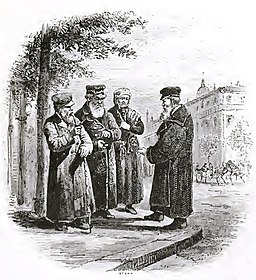
Due to the area’s strategic importance to the Russian Empire, official imperial policy encouraged migration to the area, including by Jews. Throughout the nineteenth century, Jews were encouraged to form agricultural colonies here. Those who moved to Novorossiya were exempted from paying taxes for a period of ten years, then were taxed at the same rate as other population groups instead of the double taxation rate imposed on Jews in other areas of the Russian Empire.
Jews migrated to Novorossiya from throughout the Pale of Settlement. However, the vast majority of Jews in Eastern Europe were traders and artisans, with virtually no experience with farming. As a result, most Jewish agricultural settlements failed, although some managed to survive to the turn of the 20th century. While the official purpose of encouraging Jewish settlement in the region was to promote agricultural development, Jews who left agricultural colonies were permitted to remain in cities and towns in the region.
Just like they did when migrating to the United States a century later, Jews in Novorossiya clustered by geographic area of origin. Whether in agricultural communities, market towns, or cities, Jews in New Russia tended to live with other Jews from the same parts of the Pale of Settlement they had come from prior to their arrival. Many genealogical records in this part of today’s Ukraine indicate the areas of geographic origins of Jewish families.
Crimea (7)
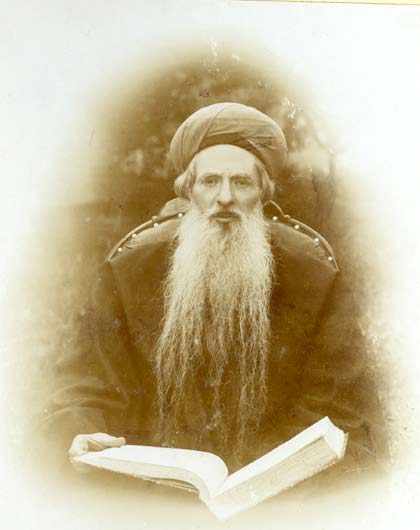
Like Novorossiya, Crimea had been part of the Ottoman Empire prior to its incorporation into Russia. During the early modern period, Crimea was a self-governing vassal state of the Ottoman Empire, enjoying a great deal of autonomy in the decentralized empire. It was annexed to the Russian Empire in 1774, ten years after Novorossiya.
Following the Russian Revolution, the territory became a part of the Soviet Union. Under Nikita Khruschev, it was internally transferred from the Russian Soviet Federative Socialist Republic (RSFSR), the precursor of modern Russia, to the Ukrainian Soviet Socialist Republic in 1954. The area voted to remain part of Ukraine in 1991, supporting Ukrainian independence by a 54%-42% margin. In 2014 it was illegally seized by Russia.
A thriving Jewish community has existed in Crimea since the Middle Ages. While some Crimean Jews were descendants of Khazars, a Turkish ethnic group whose king converted to Judaism in the eighth century, most Crimean Jews were descended from Jews who migrated there from other areas. Along with Prague and the Rhineland, Crimea was one of the three main centers of European Judaism during the Medieval period.
Budjak (8)
Like Bukovina, the southwestern corner of modern Ukraine was once part of Ottoman Moldavia. When Bukovina was transferred to Austria in 1775, this region remained part of Moldavia. Following one of a series of Russo-Ottoman wars, the eastern portions of Moldavia, including Budjak, were annexed to Russia in 1812 (much of this area would eventually become the country of Moldova). After World War 1, Moldavia (including Budjak) became part of Romania. As a former Ottoman area, Budjak was one of the only places in the Russian Empire with a sizable Sephardic population.
In 1939, concurrently to the Molotov-Ribbentrop agreement that split Poland between Germany and the Soviet Union, parts of eastern Romania were ceded to Soviet influence. In the following year, Stalin sent an ultimatum to the government of Romania threatening to invade the country unless they fully ceded the area. Romania relented, and most of the area became the Moldovan SSR, one of the components of the USSR. However, Budjak was separated from Moldova and added to Ukraine in 1940. Following World War 2, it became part of independent Ukraine.
Summing Up
The history of Ukrainian territorial formation is highly complex, even by Eastern European standards. Caught in the crossfire of shifting borders and clashing empires, Jews who resided in the lands now comprising Ukraine have seen a hodgepodge of vying regulations, restrictions, and legal frameworks. As a result, Jewish life developed along entirely different lines in different parts of the country.
Because of the patchwork of different administrative regimes, the nature and availability of genealogical records vary immensely by historical region of Ukraine. Once you have located your ancestral village or town and discovered which part of modern Ukraine it was located in, read my section on researching Jewish families from Ukraine to discover the myriad of available records and where to find them.
